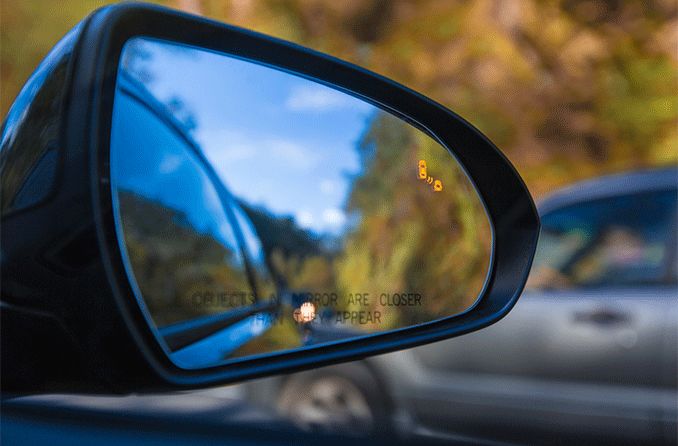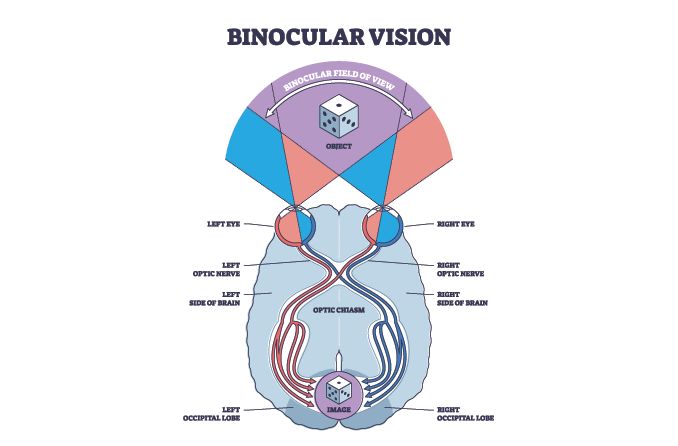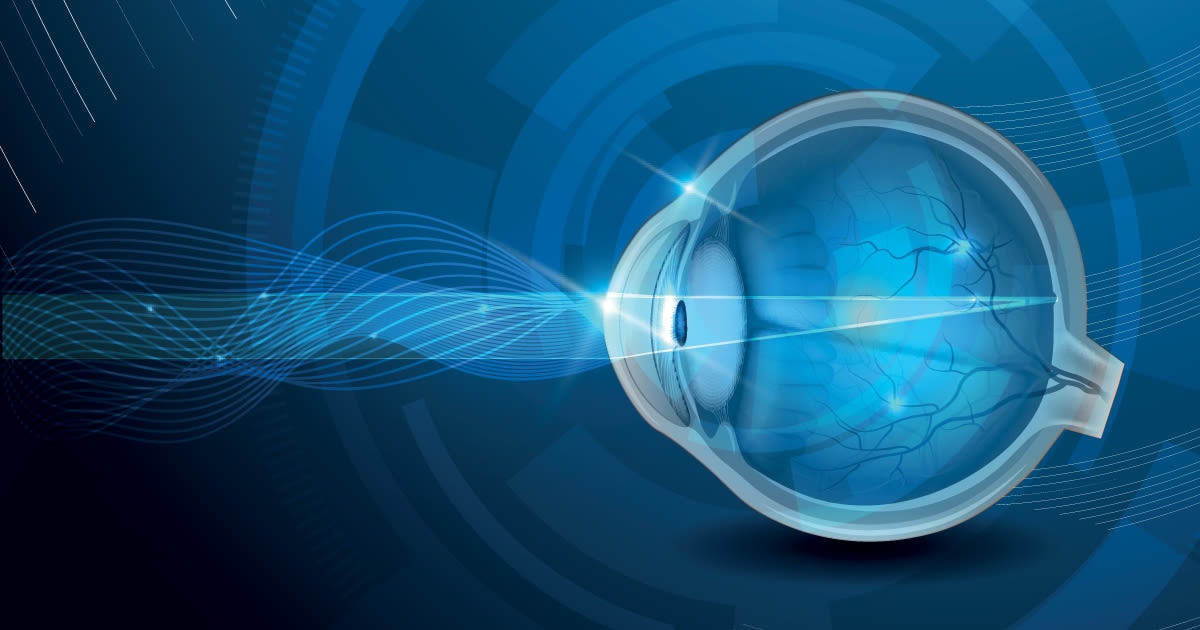Every human eye has something called a blind spot. This natural blind spot is the place in the retina — the light-sensitive inner lining at the back of your eye — that doesn’t have any cells that respond to light. The blind spot sits in the part of your retina where the optic nerve exits the eye.
Why do you have blind spots?
Blind spots are a normal part of your vision. Why? The optic nerve, which communicates with your brain, passes through a hole in the retina. Because of that hole, we can’t see images that hit that spot.
The place in the eye where the optic nerve exits is called the optic disc. The optic disc can’t sense light because there’s not enough room in that tight spot, which is stuffed with nerves, for cells known as photoreceptors.
Photoreceptors are special cells in the eye that transform light into signals that head to the brain. There are two types of photoreceptor: cones and rods. These cells supply our color vision and night vision.
Why don’t we usually notice our blind spots?
Your brain makes up for the gap in vision caused by our blind spots. How? The brain fills the void by blending the images from both our eyes. Therefore, you normally don’t realize that you have a blind spot in your right or left eye.
How can you find your blind spots?
Anyone can find the blind spot in each eye. Here are a couple of different ways.
One simple test involves a blank piece of unlined paper and a marker:
- On the piece of paper, draw an O on the left side and an X on the right side.
- Put your right hand over your right eye.
- Hold the piece of paper in your left hand at arm’s length.
- Focus your left eye on the X.
- Keep focusing on the X, and move the paper toward your face.
- When you can’t see the O, you’ve found the blind spot in your left eye.
To find the blind spot in your left eye, repeat the steps above with the opposite eye.
Here’s another way to find the blind spots in your eyes:
- Close your left eye.
- Hold your left thumb at arm’s length.
- Look at your left thumb with your right eye.
- Hold your right thumb next to your left thumb.
- Keep looking only at your left thumb while slowly shifting your right thumb to the right. Your right thumb will vanish when your thumbs are about 6 inches apart. That’s the blind spot in your right eye.
- After you discover the blind spot in your right eye, move your right thumb around to tell how big the blind spot is.
To find the blind spot in your left eye, repeat the steps above with the opposite eye.
Can your blind spots be fixed?
While you can’t get rid of your blind spots, you may be able to “shrink” them. A study published in 2015 found that people who trained their eyes using a computer monitor and an eye patch were able to reduce the size of a blind spot by 10%. However, training one eye did not improve the blind spot of the untrained eye.
Are there any blind spots that are potentially dangerous?
We all have natural blind spots in our eyes that we usually don’t notice. But some people have blind spots that may indicate a serious eye condition. Sudden blind, blank or dark spots in our vision might be a symptom of:
- Diabetic retinopathy – Caused by diabetes. Diabetic retinopathy damages the retina and can lead to blindness.
- Macular degeneration – Gradually blurs your vision over time.
- AIDS-related eye problems – The most common eye problem among people with AIDS is cotton wool spots, which are white spots on the retina that do not cause vision loss.
Do all animals have natural blind spots?
Most vertebrates do. However, while the structure of their eyes are similar to those of humans, squids and octopuses don’t have blind spots. How is that possible? Because they have photoreceptor cells that are oriented toward the light, not away from it. Therefore, their photoreceptor nerves run behind the retina, meaning there are no blind spots. In human eyes, the photoreceptor cells are oriented away from the light, not toward it, and the photoreceptor nerves are in front of the retina.
When should you see a doctor about a blind spot?
If you suddenly notice a blind spot that hasn’t been there before, you have a blind spot that interferes with your normal vision or you have other changes in your vision, you should make an appointment to see your eye doctor immediately. Your doctor will do a comprehensive eye exam to determine if there’s any cause for concern and to check your overall vision health.
READ NEXT: Scotoma: Blind spot in vision









